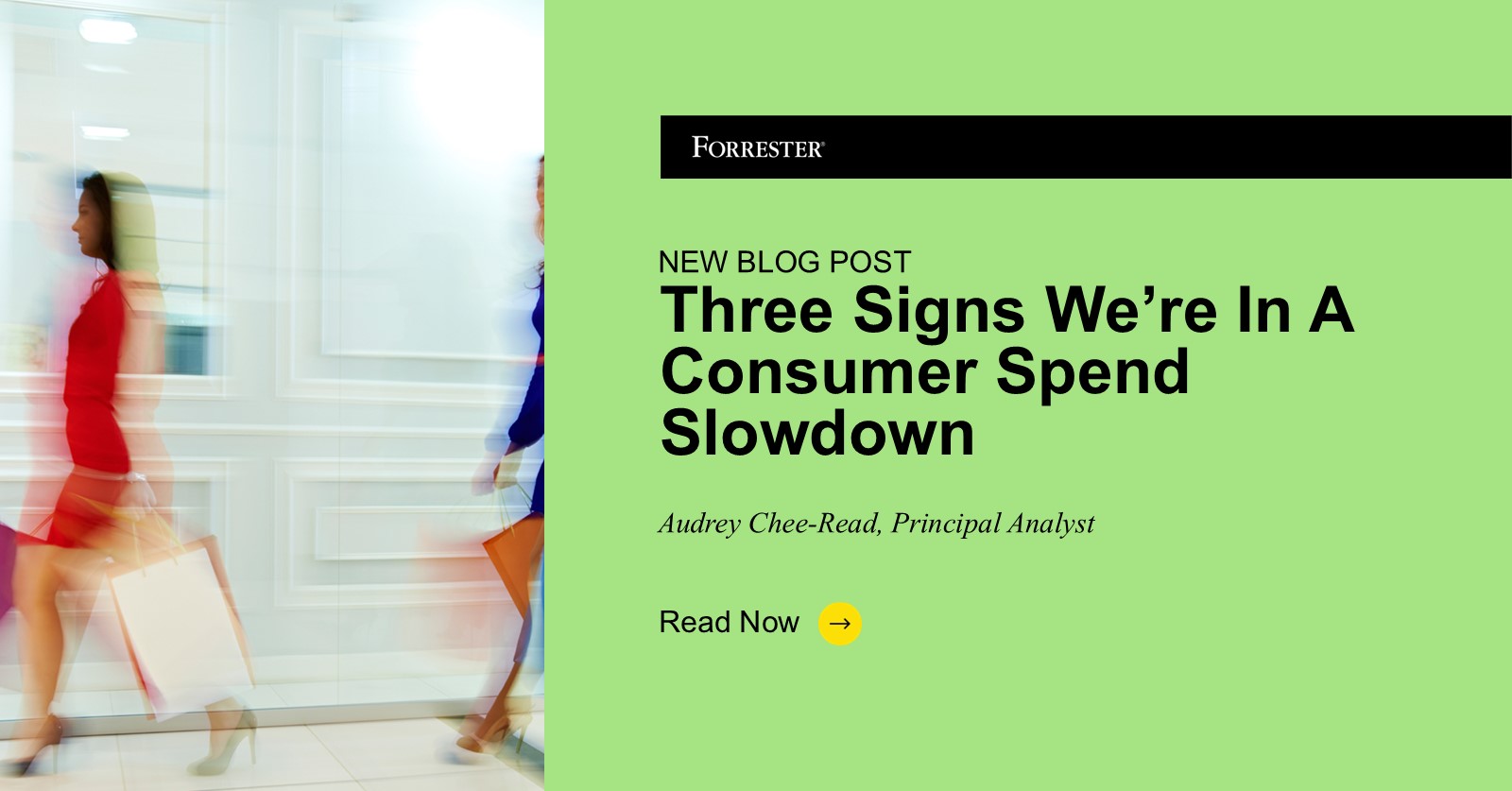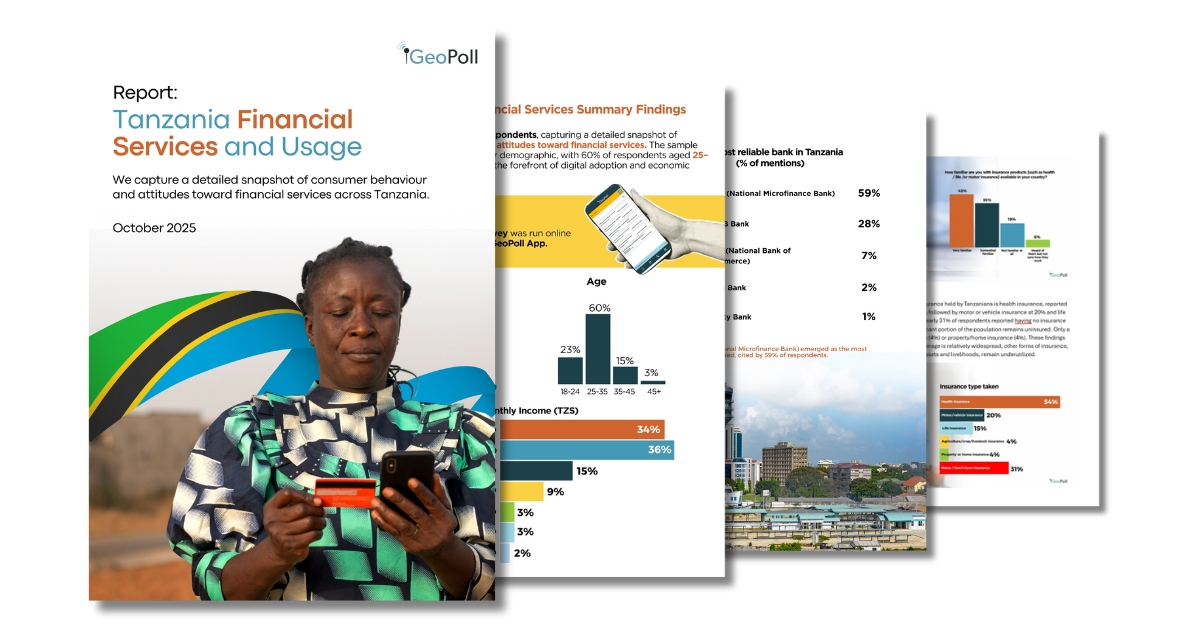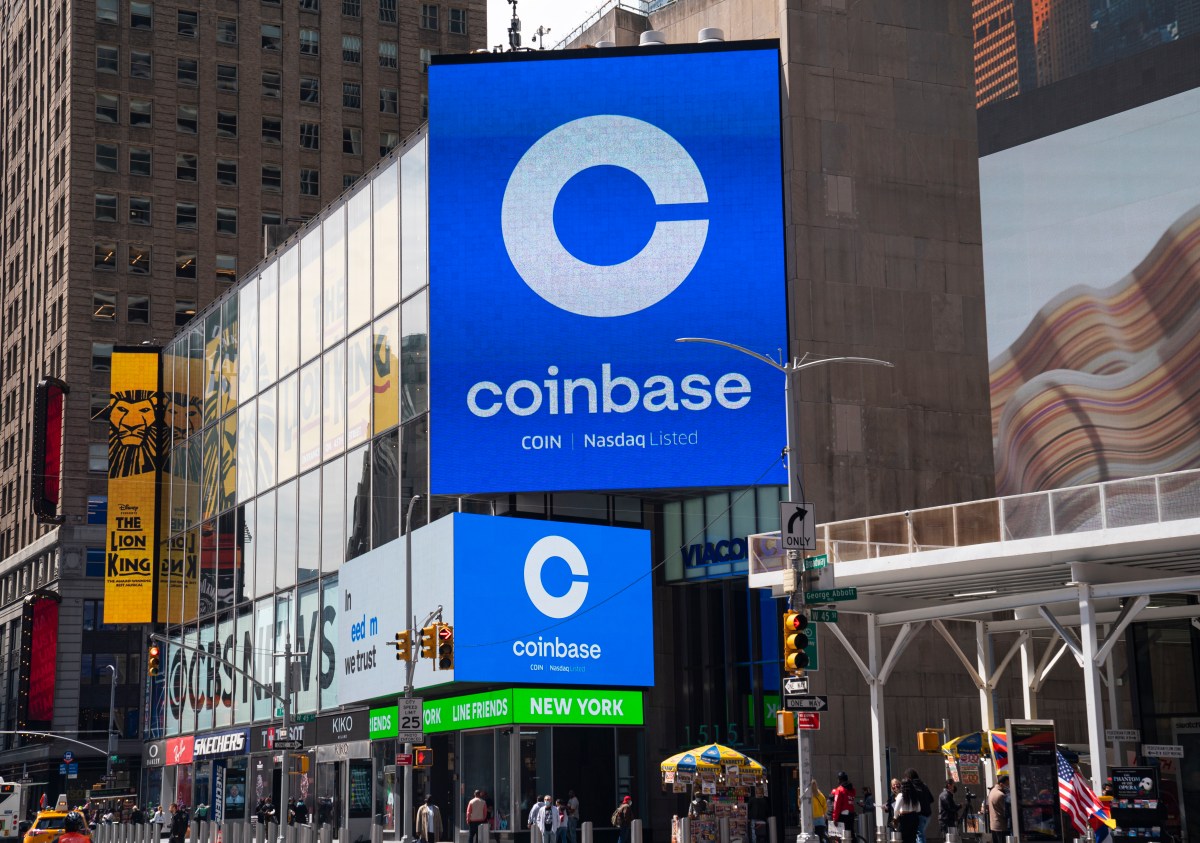Tariffs? Layoffs? Empty ports? A possible recession in the US? As these headlines dominate the media cycle, consumer sentiment is falling, and behavior often follows – albeit at a slower, “wait-and-see” pace. But since 2020, consumers have been no strangers to volatility and uncertainty, and they’re no longer waiting for the headline to officially announce a “recession”. Here are a few signals consumers are already acting:
The usage of Buy Now, Pay Later. BNPL is most used in medium to bigger ticket items like clothing, electronics and furniture – but a growing number of consumers are starting to use it in every day household items like groceries. There has also been an increase of consumers who have stated that they have made late payments on BNPL loans. An economic slowdown will likely affect lower-income consumers more, and the Consumer Finance Protection Bureau (CFPB) find that it is the consumers who have credit records, lower credit scores or younger borrowers are most likely to be BNPL users.
The types of content they consume. If we are what we consume, then the types of content creators are creating tell us a whole lot. Recession recipes are going viral. YouTube channels sprout how to create a “recession proof” garden (and consumers tell Forrester that “growing my own food – getting chickens” is something they’re doing). Influencers who post about their lavish lifestyle are facing backlash. The heightened interest in recession-related content is a response to their perception of today’s economic climate – driven by their desire to understand, prepare for and cope with uncertainty.
The sentiment and perceptions of their world. The perception that the economy will enter a recession in 2025 is slowly creeping up – from 45% US consumers agreeing that it will in February to 48% in March, according to Forrester’s Consumer Pulse Survey in February and March. And – economic growth indicators are slowing down, with consumer sentiment falling more than 30% since November 2024.
The signals are everywhere but don’t panic. See my colleague Dipanjan’s new report about strategies to take when marketing during volatility – ‘Choose Precision, Not Panic, When Marketing During Volatility’. Clients, schedule a guidance session to talk about the trends around your consumer and signals to watch out for.























